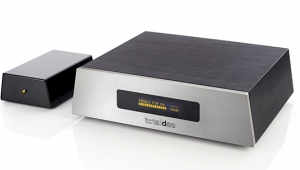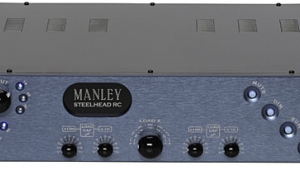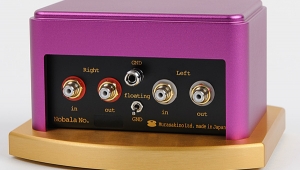| Columns Retired Columns & Blogs |
J. Austin: "Counterintuitively, passive devices—even resistors—cause more, not less, noise and distortion".
So you and the skeptics are saying that a say 10kohm Alps pot as a passive preamp creates more noise and distortions than the same 10kohm Alps pot in an active preamp??
(Yeah, good luck with that theory) https://tinyurl.com/2882r77d
Cheers George








































